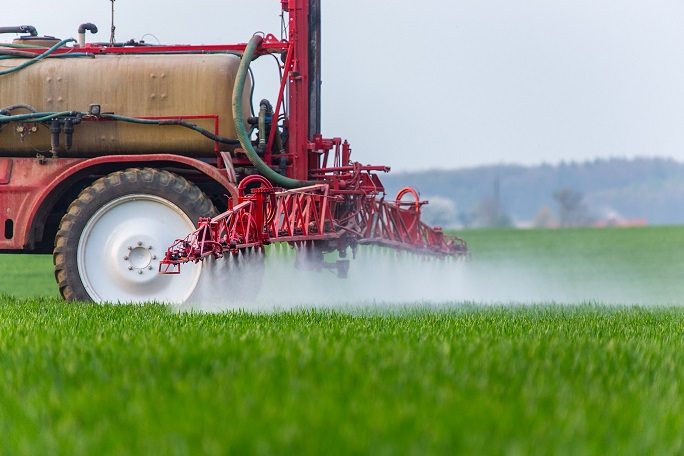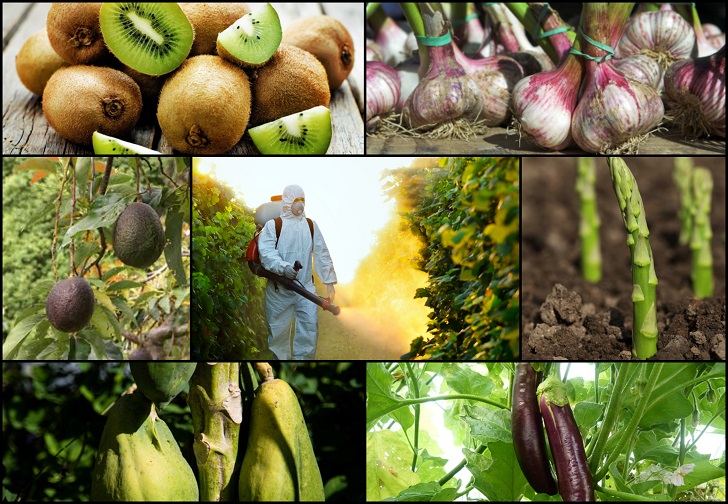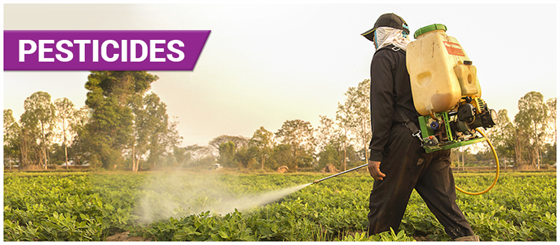
/cdn.vox-cdn.com/uploads/chorus_image/image/50008311/shutterstock_186899186.0.jpg)
In listening to him, I knew that he was giving me the reason why the quail disappeared. He also was proud of the fact that he was able to clear right up to the edge of a very large creek and plant “every square inch possible.” He also proudly declared that the use of synthetic fertilizers and pesticides is what allows farmers to grow bounteous crops and he used those routinely. In doing so, he started clearing brush, fence rows, hedges and every space that could possibly be planted.
EXCESSIVE USE OF INSECTICIDES AND PESTICIDES HOW TO
He related that because he was such a “good” farmer he learned how to squeeze production out of every single acre and even every portion of every acre. I simply listened to him talk and realized that in the course of our dialogue he was providing the very reason the quail were no longer there. There would be many coveys jumped during an afternoon hunt and he would always come home with a bag limit. During his youth and younger adult life he pointed out that the quail hunting had been excellent. However, during his dialogue he lamented the fact that the quail populations had declined to the point that he had not seen a covey in more than a decade. He spent considerable time telling me what a good farmer he had been. He is in his late 70’s now and was proudly showing me around his farm. I have to relate a story from a visit with a farmer just this week. In our work with regenerative agriculture, bird populations are one of the premier indicators we monitor to determine progress in restoring a healthy ecosystem. They control pest insects, keep many species of insects in check, distribute seeds, dispose of carrion, and play a vital role in pollinating numerous plants. It is another unintended consequence.īirds are absolutely crucial to a fully functional ecosystem. Routine spraying to keep the pest insects “in check” actually has created a conundrum where we are now killing the biological controls and creating ever greater opportunities for pest insects and, therefore, greater pest pressure. Birds have served for many thousands of years as a biological control to keep pest insects in check. Third, the heavy use of pesticides has led to a huge drop in insect populations-the very insects that are an important prey for these birds. The article reports that a recent study shows that birds eating neonicotinoid-treated seeds experience rapid weight loss and a significant reduction in migratory capability.

Many of these pesticides have direct effects on bird physiology, reproduction, and overall health. Second is the ever-increasing use of toxic pesticides.


Where are the birds supposed to take shelter, find food, secure nesting and brooding habitat, and other things they need for survival? This has resulted in fence rows, hedge rows, buffer strips, wood edges, and even buffers between roads and ditches being cleared and plowed under. This is because, for the last several decades, farmers have felt compelled to plow and plant “every available acre” in an attempt to be profitable. Habitat loss is one of the major reasons. Why have these populations declined so far and so rapidly? The answers are really quite clear and quite obvious IF we simply observe and honestly assess the evidence before us. Populations of these birds have declined 53% or greater in the last 48 years. This includes bird species such as sparrows, warblers, blackbirds, finches, quail, prairie chicken, and grouse. The hardest hit species of birds have been, not surprisingly, grassland and ground nesting birds. The details are staggering and concerning. Where have the birds gone?Īn article published in National Geographic on Septemtitled, “Three billion birds have been lost in North America since 1970,” points to one of the most significant indicators of ecosystem health and that the ecosystem is showing signs of collapsing. As a matter of fact, we have defended ourselves as being excellent stewards. Most of us do not believe we were being poor stewards. In the process of doing that though, we also have to admit that we have not been the land stewards we should have been. We simply have to recognize and acknowledge the facts before us. Allen R Williams, Ph.D., Soil Health AcademyĬontinuing the discussion around unintended consequences, all we have to do is look around us and the evidence is staring us in the face.


 0 kommentar(er)
0 kommentar(er)
